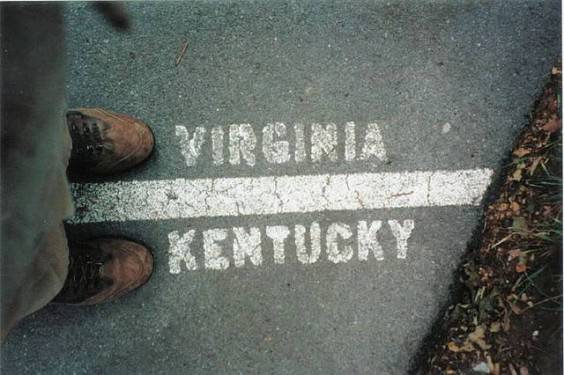How car insurance works when you cross state lines

Ever wondered how car insurance works when you cross state lines? All car insurance policies are valid nationwide. If you carry relatively strong coverage in your home state (which we highly recommend), that coverage will most likely go with you throughout your travels. However, if you decide to carry your state’s minimum coverage, when you drive to another state, your coverage may actually be automatically adjusted higher without you even knowing it.
It works like this: if you carry the minimum coverage that your state requires, then you drive into a state that has higher minimum coverage requirements than your home state, your auto insurance company will automatically adjust your minimums to match the coverage required by the state you are currently in.
For example, let’s say you live in Virginia and carry minimum state coverage of $20,000 for property damage. If you were to drive into Kentucky, which has a state minimum requirement of $10,000, your higher coverage from Virginia would stick with you in Kentucky.
Now let’s switch things around and say you live in Kentucky and carry minimum state coverage, then you drive into Virginia. In that case, while you are in Virginia your property damage coverage will automatically become higher (increasing to $20,000 from $10,000) in order to meet Virginia’s state minimum auto insurance coverage requirements.
In other words, due to how car insurance works, your minimum insurance coverage can only increase to match other states’ higher minimum coverage requirements, and under no circumstances will it be lowered as you drive around the country.
Again, we strongly recommend that you carry as much coverage as you can afford whenever possible. State property damage coverage is low – if you are responsible for totaling someone else’s car or other property, it is likely that the damages will exceed state minimums and the money will come out of your pocket. If you think your current coverage is too low or costing you too much (or both) now might be a good time to do a little comparison shopping for a new rate.
May 7, 2018
I am Michigan driver having no fault insurance. Last week when I was driving my car, another car hit my rear. The other driver admitted 100% her fault. The estimated cost to repair my car is above 3000. but in Michigan, the no fault insurance law only allow the other driver insurance company to pay up to 1000. However she is from Arizona and the Arizona state law could pay up to 10,000 for fixing the car. I am still awaiting police to give me the paper work and only know she has full coverage. I am confused how much could her insurance pay me.
Thank you for your post.
[…] article to see each state’s minimum auto insurance requirements and be sure to check out our in-depth article on interstate insurance for more info about traveling […]